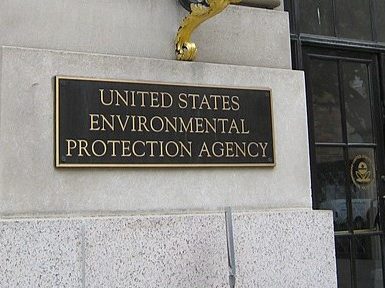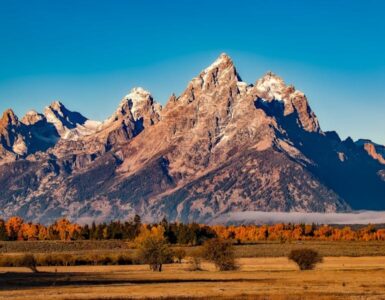Many large cities of the world are facing water challenges: Beijing, Cairo, London, Mexico City, Moscow, Tokyo. Worldwide droughts are lingering. In the United States, the Southwest is facing its first water shortage as the landscape scorches under a 19-year drought.
State and national water leaders are scrambling to develop solutions and infrastructure for water reuse and recycling. With water shortages coming faster than expected, it’s a race against time.
Once considered too costly, removing salt from sea, surface and ground water through desalination is now a proven solution. New technology is making it more efficient and cost effective. Energy-reliant desalination plants now can be powered with renewable energy like solar, lowering expenses even more.
Costly or not, it’s time to invest in desalination, lawmakers and water leaders say.
To spur development, the U.S. Department of Energy last month announced $100 million to establish an Energy-Water Desalination Hub to focus on desalination research and development (R&D) in low-cost alternatives that treat ‘non-traditional’ water sources to produce fresh water to cover the nation’s needs. The Hub will target early-stage R&D of energy-efficient and cost-competitive desalination technologies, including manufacturing challenges, as well as the treatment of non-traditional water sources for multiple end-use applications.
In Arizona, faced with the possibility that it will see forced cuts to Colorado River water supplies as soon as 2020, it’s time to move more aggressively on desalination projects here, the new Arizona Senate President, Karen Fann, said recently.
“It is now time for Arizona’s delegation to champion a 21st century CAP (Central Arizona Project) with the creation of a large scale, federally-funded, Western states desalination solution that will enable Californians to drink from the sea and reduce their draw on the Colorado River,” Fann said in an op ed piece in the Arizona Republic.
Here are some of the projects in the works:
Targeting areas for desalination in Arizona Currently, a state committee is pinpointing the best locations for building desalination plants to pull groundwater that has a higher level of salt than fresh water, called brackish water. Arizona has plenty of it all over the state with an estimated 600 million acre feet. To put that in perspective, one acre foot of water can supply two families for a year.
Binational agreement with Mexico An agreement between Arizona, Mexico and the U.S. government last year is designed to study and possibly develop a desalination plant in the Sea of Cortez about 50 miles from the Arizona border.
Agreement with California California is updating old and building new desalination plants along the Pacific. Agreements being proposed would allow California to rely more on recycled water and take less of its share of the Colorado River, leaving reserves for states like Arizona.
Yuma desalination plant Yuma has an outdated desalination plant that could be upgraded at considerable cost. Currently, Yuma is a choice location because of large supplies of brackish groundwater. According to CAP, there is a long-term supply of approximately 50,000 to 70,000 acre feet annually.
Funding for infrastructure for projects is the biggest challenge Arizona water leaders face. Another state committee is charged with finding options for funding including public-private partnerships.
Meanwhile, innovators are bringing technological improvements to desalination as the global market expands. Desalinated water is now a primary water source for the Middle East. Saudi Arabia is in the process of building nine new desalination plants. Chile is developing the largest plant in Latin America.
Companies like Suez, a global industrial wastewater giant, are leading the way in constructing large and highly efficient desalination plants. Suez was named Desalination Company of the Year at the 2018 Global Water Awards this year for its “faultless commission” of the Mirfa plant in the United Arab Emirates that “proved that membrane desalination can work on a mass scale, even in the most hostile of feedwater conditions.”
Desalination has come of age.
















Add comment